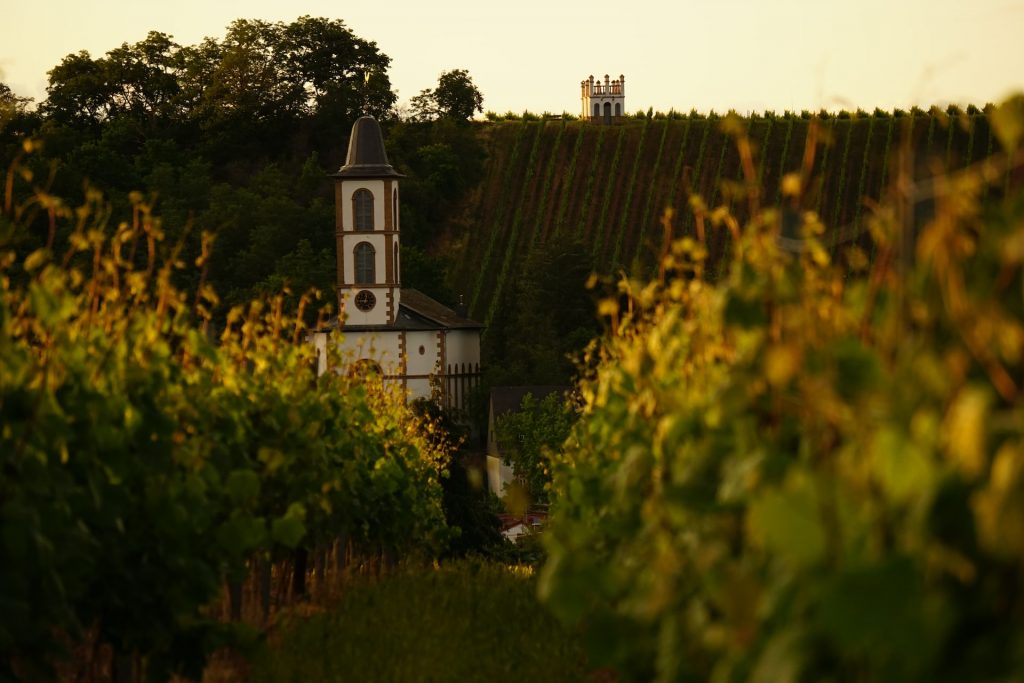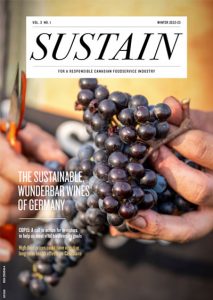Human motivation is a funny thing. I think most of us believe we are motivated to act toward something positive. But I would argue the intensity of our motivation is strongest when we are moving away from something negative. However you arrive at your motivation to act on climate change, the time to act is right now. And if you’re wrestling with how you can make an impact as a food and beverage professional, we will get to that too. Just know that there has never been a more important time to lead change on this front.
Change does not have to be top-down from our politicians or senior executives. Some of the most profoundly impactful environmental change mandates were driven by sheer will and groundswell. Canada has a long history of community-driven climate change organizations and individuals. What are we waiting for?
The king tide that crashed against B.C.’s south coast the last week of December 2022 served as another reminder of the fragility of our ecosystem. Just over a year ago, the intense rains and heavy winds that descended on B.C. forced thousands of people from their homes, emptying entire towns and inundating farms. Mainstream media focused on reporting the damage to inhabitants and infrastructure. But the impact on the ecosystem including the soil, plants and livestock was also devastating with a much more profound impact on the livestock. This revealed a resilient component of our agricultural ecosystem—the floodplains of the Lower Mainland are built to absorb the impact of the flood waters. And the soils and root systems of the plants are strong enough to withstand the impact of the floods although the long-term impact remains unknown.
While we at home are feeling the impact of climate change on our agricultural ecosystem, this is an imminent global crisis. In July of 2021, Germany and other parts of Western Europe were impacted by a deluge of heavy rain that turned into flooding. Some parts received two months of rainfall in the space of two days. As many as two hundred lost their lives and many were forced from their homes—a devastating climate change event. In this case, the agricultural ecosystem was exposed to an even more severe problem. The soils had already been affected by a very wet season and they had little capacity to absorb the massive downpour.
Experts observed a very clear distinction. Agricultural lands that were biodynamic held up better than those parts of the land that were subject to conventional farming in the years preceding the floods. Several components of biodiversity contributed to the resilience of the land—crop rotation, soil structure and cover, and even progressive land use policies. Soil cultivation by heavy machinery leading to large bare fields saw significantly more erosion during these floods.

Mandel, Rheinland Pfalz, Germany. Photo by Luca J.
I wanted to understand what biodynamic agriculture was all about. And I wanted to learn from the global leader. In a 2020 report, “A World Map of Biodynamic Agriculture” in the Agricultural and Biological Sciences Journal, researchers John Paull and Benjamin Hennig identified Europe as the dominant leader in biodynamic agriculture with Germany accounting for 84,000 biodynamic hectares or 34 per cent of the world total.
In August of 2021, I joined a press trip on behalf of SUSTAIN that was organized by the Wines of Germany, specifically focused on biodynamic, organic and low-alcohol wines—a unique blend of a conscious shift towards whole planet well-being in viticulture. Organic viticulture is focused on preserving the balanced vineyard ecosystem. For this, all synthetic chemical pesticides are dispensed with, as well as artificially produced fertilizers. The transition from conventional to organic viticulture takes three years.
Organic viticulture in Germany has been growing steadily for over 30 years. The acreage in organic viticulture has more than tripled during the last decade. “In 2020, about 10,000 hectares of vineyards were cultivated organically in Germany, which corresponds to around ten per cent of the total vineyard surface,” explained Ernst Buscher from the German Wine Institute-Deutsches Weininstitut (DWI) in Mainz.
Numerous winegrowers have noted quality improvements in their wines by switching to organic wine production. However, many of them do not communicate the ecological management externally, as this is just a way of being for them. Often, the conversion to organic viticulture is a matter of generational change. Young managers see this as a way of further developing their wineries.
Biodynamic farming defined by a new generation of leaders
Leaders of today’s biodynamic and organic viticulture movement are sometimes farming on land that is hundreds of years old. At the Peter Jakob Kühn winery—located in the middle Rheingau region of Germany—this journey is in its tenth generation. For more than 230 years, the family has been growing vines. Knowledge of their special vineyards and soils was handed down and has increased over ten generations. They look back on this long tradition with utmost pride and respect. Since 2004, they have been cultivating their vines and vineyards according to the principles of biodynamic agriculture.
For them, biodynamics means above all increased attention in the vineyard and empathy towards their vines and the natural connections surrounding them. They use the environment to promote soil vitality, and biodiversity; and create a real, deep relationship between themselves as farmers, their vines, and the soil. The latter, especially, is the essential basis for healthy, aromatic grapes that have an expression of the individual place.
Peter Kühn, master winemaker frames it beautifully: “You can literally smell the quality of a mature compost—the scent of living earth.” If you are a food and beverage professional wondering how you can make an impact, follow a few key principles. When you purchase, source organic food and beverage products. When you lead, allow these products to become learning opportunities for your team. And regardless of your role, extend these educational experiences to your guests and consumers. Our groundswell is most effective when we can influence the entire system from farming to sourcing to consumption.


